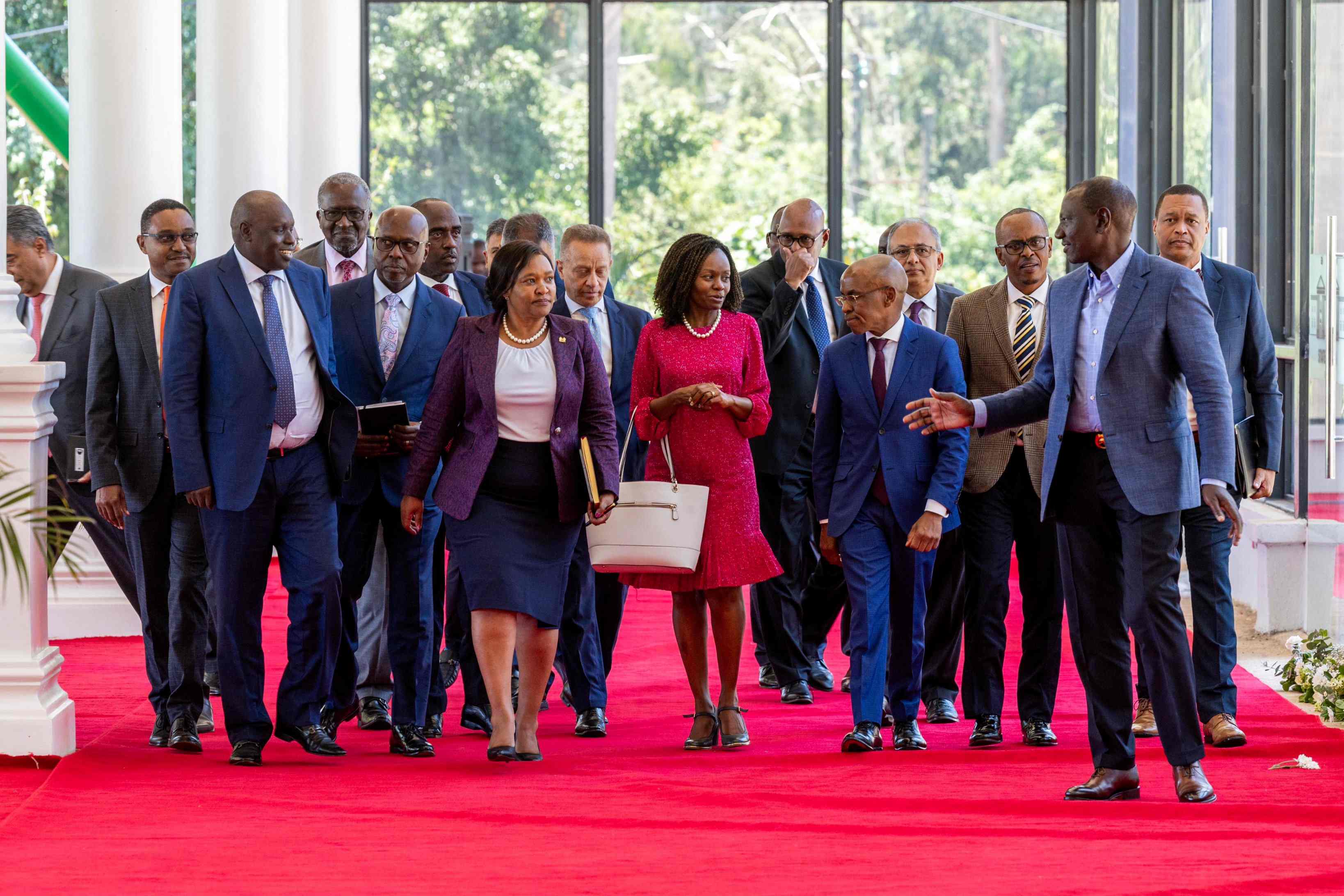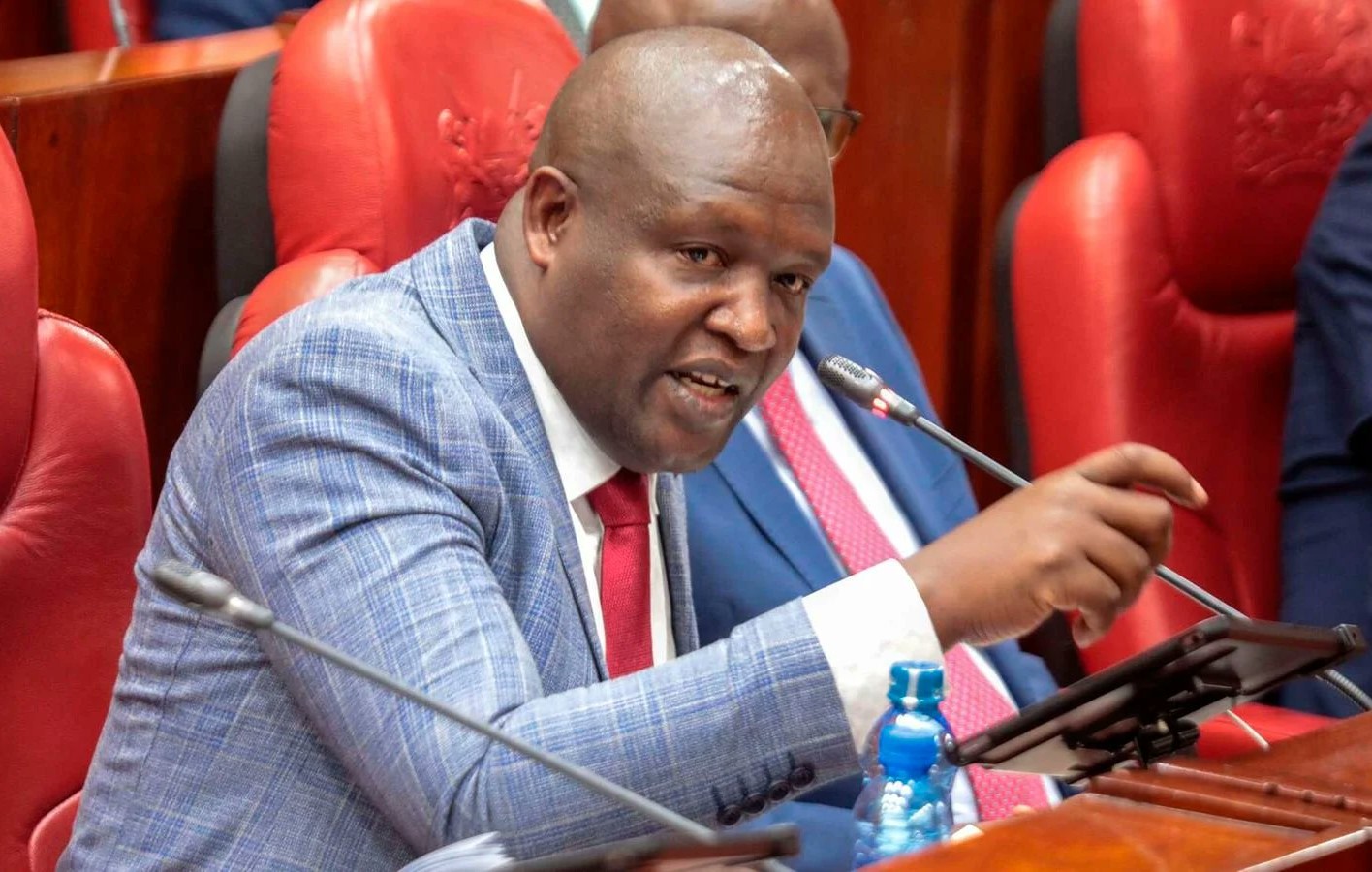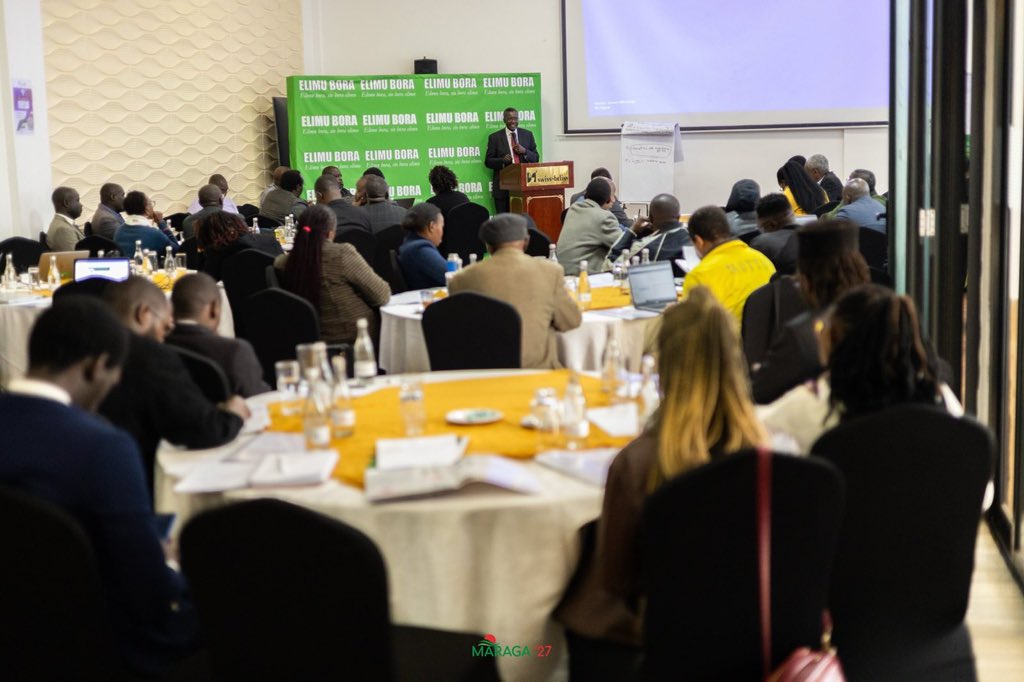Kenya's private sector activity dips slightly in December amid rising inflation

Attributing the slight dip to inflation, the Index says the sharp increase in input costs at the end of the year led private sector firms to raise selling prices at the quickest rate since December 2023.
Kenya's private sector activity fell marginally in December 2024 as a result of inflation which rose slightly from 2.8 per cent in November to 3.0 per cent in the month under review.
The latest Stanbic Bank Kenya Purchasing Managers' Index (PMI), which gauges the level of private sector activities, dipped to 50.6 from 50.9 in the previous month.
More To Read
- Rising prices, protests shrank private sector economy in July - report
- June sees deepening slump in Kenya’s private sector following protests, weak consumer spending
- KEPSA calls on banks to raise lending to private businesses to 15 per cent to spur growth
- Economic outlook: Kenya’s inflation climb raises prospect of monetary tightening in coming months
- Private sector activity rises to 10-month high in March
- Increased food prices push March inflation to 3.6%
Readings above 50.0 signal an improvement in business conditions in the previous month, while readings below 50.0 show a deterioration.
Attributing the slight dip to inflation, the Index says the sharp increase in input costs at the end of the year led private sector firms to raise selling prices at the quickest rate since December 2023.
"The pick-up in cost burdens came as sustained growth in new orders and business activity prompted the fastest expansion in input buying for over two years," the lender says.
Currency weakness and heightened tax burdens were also commonly noted.
However, the lender notes that the record indicated another marginal improvement in the health of the Kenyan private sector, it being above the 50.0 neutral mark, for the third month running since October.
"The positive PMI reading was driven by three of its subcomponents, as output, new orders and employment all expanded for the third straight month," the Index reads.
Notably, this marked the first full quarter of private sector output growth since the final quarter of 2021.
Business output
Business output generally rose due to an increase in new order intakes, according to firms monitored by the survey.
New orders grew moderately, with the upturn easing from November.
Several panellists mentioned an improvement in purchasing power at customers, alongside new bookings and successful advertising campaigns.
Rising demand on the other hand helped to sustain the current trend of input buying growth in December, with a rise in purchases registered for the fifth month in a row.
Furthermore, the increase was the sharpest recorded since September 2022 as stronger input demand encouraged suppliers to raise their fees, according to a number of surveyed firms.
With the outlook relatively weak, just the agriculture sector registered a rise in staffing in December.
Total employment growth was only fractional. At the same time, businesses offloaded stocks to avoid wastage, leading to the first decline in inventories for five months.
Christopher Legilisho, an economist at Standard Bank, reiterates the sector's gloomy outlook despite the past two consecutive months of pick-up.
"On the macroeconomic front, we end the year with relative stability, a stable exchange rate, inflation at levels last seen 17 years ago, and interest rates declining for the government. On the downside, private sector confidence in the business outlook for the next 12 months is still quite weak," Legilisho said.
Top Stories Today















































